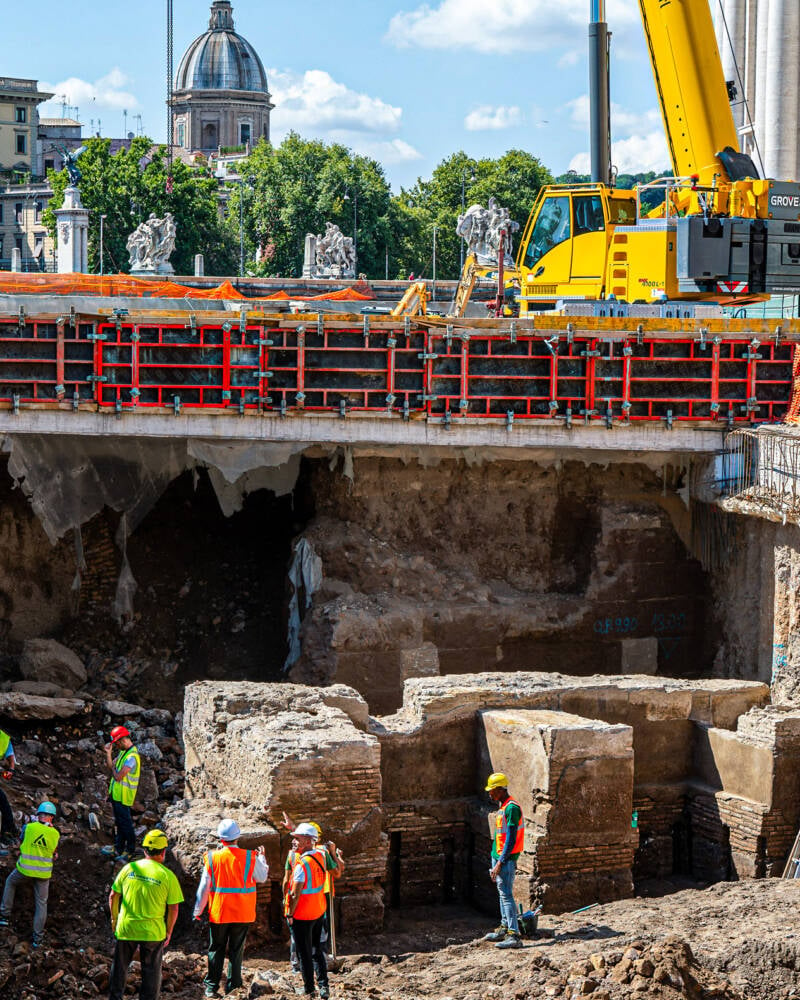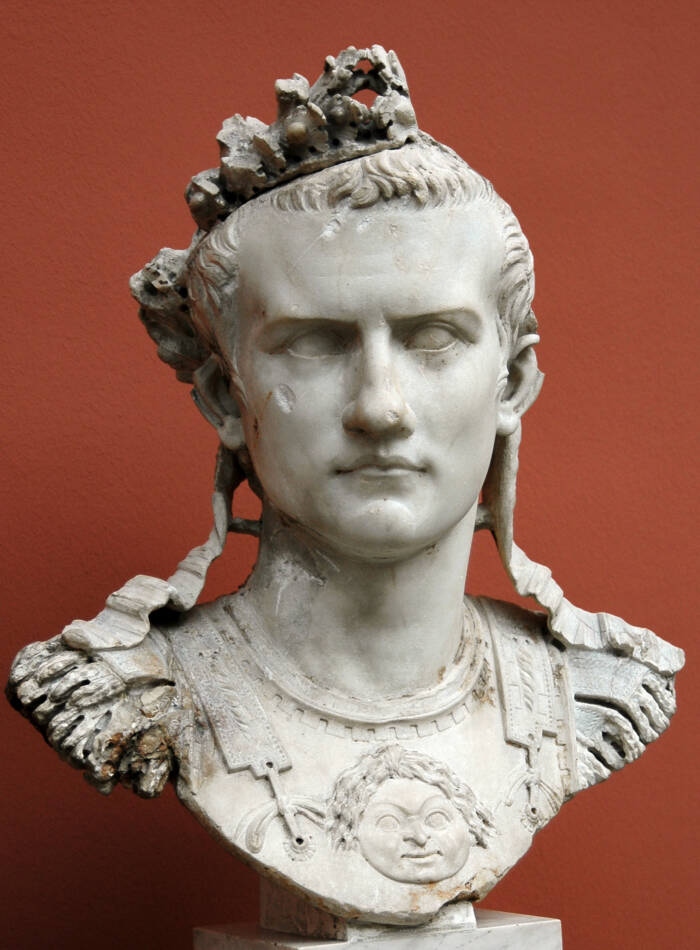During construction work for a new piazza, archaeologists unearthed the remains of a garden that was likely used by the "mad" emperor Caligula.

Italian Ministry of CultureA lead pipe bearing the full name of Roman Emperor Caligula, signifying his ownership of the garden property.
Archaeological excavations near the Vatican recently unearthed the remains of an ancient garden overlooking the Tiber River. According to the Italian Ministry of Culture, the garden likely belonged to the Roman Emperor Caligula.
This accidental discovery came in the midst of ongoing construction work to create a pedestrian piazza linking Castel Sant’Angelo to St. Peter’s Square, which are among Rome’s most visited tourist sites.
Caligula’s Garden Identified Via A Pipe Marked With His Name
The site of the future piazza once housed lavish residences that overlooked the Tiber river, complete with stunning promenades, porticos, and gardens. While these have long been lost to the centuries, archaeologists did find the remains of a travertine wall, the foundations of a colonnaded portico, and a large open area that was once a beautiful garden.
According to a translated statement from the Italian Ministry of Culture, the connection to Caligula, the eccentric first-century ruler, was made apparent by a lead pipe stamped with his full name: Gaius Caesar Augustus Germanicus.

Italian Ministry of CultureThe construction site where Caligula’s garden was discovered.
Archaeologist Alessio De Cristofaro noted that the inscription on the pipe is historically significant for several reasons. Inscriptions on other pipes show the name Iulia Augusta (likely a reference to Livia Drusilla, the second wife of Augustus and grandmother of Germanicus), which suggests that the residence had initially been inherited by Germanicus, then passed to his wife Agrippina the Elder upon his death, and then finally onto their son, Caligula.
Ancient literary sources, particularly the writings of Philo of Alexandria, also offer supporting evidence of the garden being Caligula’s. In his writing, Philo describes an event in which Caligula met with a delegation of Alexandrian Jews in a garden overlooking the Tiber River, divided by a monumental portico — likely the exact garden archaeologists just unearthed.
In addition to the ancient garden, archaeologists unearthed several other artifacts at the site, including a series of Campana tiles and terracotta figures depicting mythological scenes. These were likely used to decorate roofs within the garden and then later repurposed as sewer covers.
These discoveries offer researchers a rare, tangible connection to the time of Caligula’s reign — a rather turbulent period for the Roman Empire.
The Short, Mad Reign Of Caligula

Wikimedia CommonsA bust of the Roman Emperor Caligula.
Caligula was the Roman Emperor from 37 C.E. to 41 C.E. His reign is often remembered for its extravagance, tyranny, and for Caligula’s slow descent into madness.
Caligula began his rule with the support of the Senate and people, implementing popular reforms and granting bonuses to the Praetorian Guard. However, his behavior soon became erratic.
He reportedly declared himself a living god, demanding to be worshipped. He was known to indulge in excessive spending and bizarre projects, such as by allegedly attempting to make his horse, Incitatus, a consul. According to legend, he also declared war on Neptune, the god of the sea, and ordered his soldiers to collect seashells as spoils of war.
Caligula’s reign was marked by cruelty, with numerous executions, including those of high-ranking officials and his own family members. His bizarre policies and heavy taxation to fund his lavish lifestyle caused widespread discontent among his people.
Finally, in 41 C.E., after just four years on the throne, Caligula was assassinated by members of his own Praetorian Guard, who had conspired with senators and officers to put an end to the mad emperor.
After reading about the discovery of this ancient garden in Rome, learn more about Roman history by reading about the assassination of Julius Caesar. Then, learn all about the Praetorian Guard.





